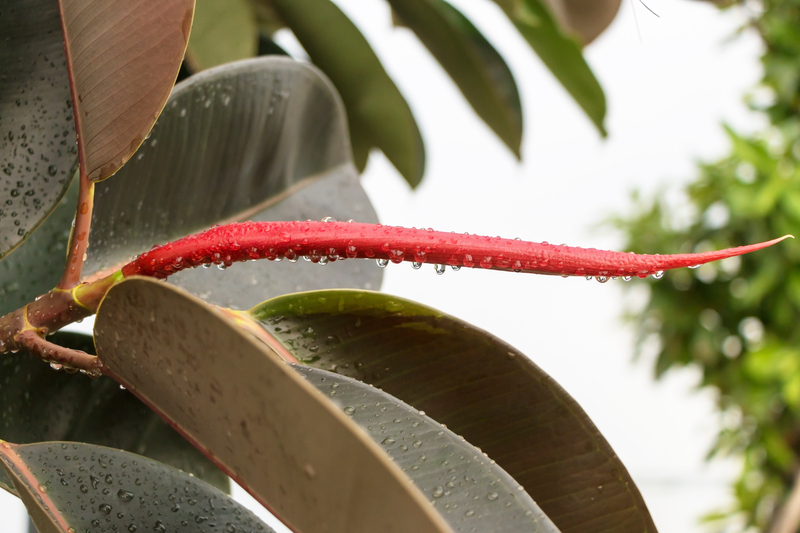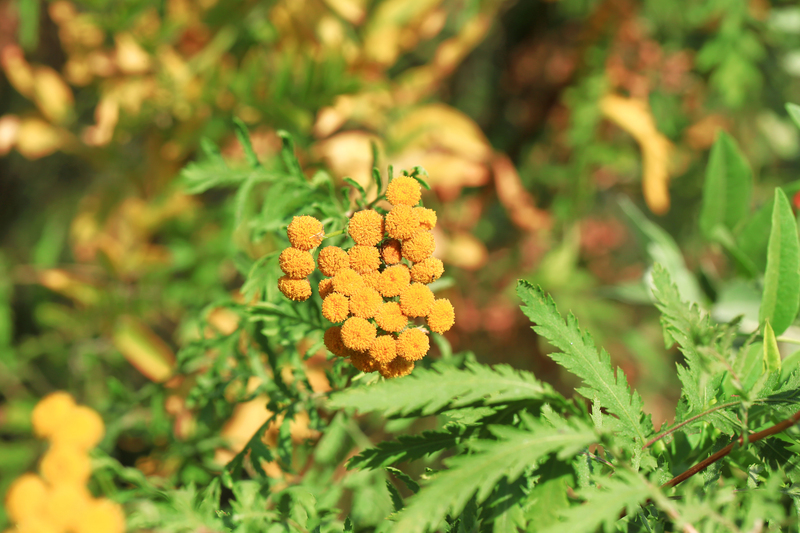Master Your Curb Appeal With These 12 Front Garden Design Tips
Your home's exterior is the first thing visitors notice, making front garden design crucial for creating a positive impression. Whether you're preparing to sell, hoping to impress guests, or just want to enjoy your property to the fullest, understanding how to master curb appeal with effective garden ideas can dramatically increase your home's value and visual charm.
In this comprehensive guide, we'll unveil 12 essential front garden design tips to help you achieve show-stopping curb appeal. From choosing the right plants to incorporating modern design elements, these strategies will ensure your home presents its best face to the world.
1. Plan Your Front Garden Design Thoughtfully
Every successful front yard makeover starts with a well-thought-out plan. Analyze your home's architecture, sun exposure, soil type, and your personal style preferences. Sketch a simple layout, identifying focal points like the walkway, entryway, and major plant beds.
- Assess Space: Understand the scale and existing features of your front yard.
- Set Goals: Is your aim a low-maintenance landscape, a grand entrance, or a pollinator-friendly habitat?
- Budget: Establish how much you can invest to avoid half-finished projects.
A thorough plan saves time, reduces costs, and ensures your front garden design enhances your home's natural beauty.

2. Define Stunning Pathways and Entrances
A welcoming walkway directs the eye and guides visitors to your door. To master curb appeal, use materials that echo your home's style, such as cobblestone for classic homes or concrete pavers for a modern look.
- Use curves to create movement and soften the landscape design.
- Add lighting along the path for both aesthetics and safety.
- Highlight borders with low-growing plants or decorative edging for a polished finish.
3. Layer Plants for Texture and Depth
Front yard landscaping shines when you combine various plant heights and textures.
- Tall shrubs or small trees at the back anchor the garden.
- Medium perennials and ornamental grasses provide a lush middle layer.
- Colorful groundcovers, like creeping thyme or alyssum, create an inviting edge.
Layering is key to achieving a professional, full look that's dynamic in every season.
4. Choose Plants That Offer Year-Round Interest
Smart plant selection ensures your front garden looks great twelve months a year.
- Evergreens provide structure and color during winter months.
- Spring bulbs offer bursts of color early in the year.
- Long-blooming perennials and shrubs with interesting fall foliage extend seasonal beauty.
Plan for succession planting so there is always something blooming, berrying, or displaying attractive foliage.
5. Install Eye-Catching Garden Borders
Borders are both decorative and functional, setting off plant beds from lawn or pathways. Use stone, brick, or metal edging for a neat, finished look.
- Curved edges add interest and soften hard lines in the landscape.
- Mix materials for added texture and to coordinate with your home's exterior.
6. Embrace Symmetry for a Formal Look
A classic way to master your curb appeal is with symmetrical design. Matching planters, identical light fixtures, or paired shrubs by the walkway create a sense of order and elegance.
- Frame the front door with parallel features.
- Align beds and paths to reinforce symmetry and formality.
7. Incorporate a Statement Feature
Give your front garden landscaping a focal point with a dramatic element:
- A sculptural tree: such as Japanese maple or an olive.
- A water feature: Small fountains add soothing sound and visual intrigue.
- Arches, trellises or pergolas: Perfect for climbing roses or clematis.
Just remember not to overcrowd the space--a single feature can make a powerful impression.
8. Transform Your Entrance With Pots and Planters
Container gardening is a quick, flexible way to boost curb appeal. Use pots of different sizes, heights, and colors near your doorway and along paths.
- Seasonal changes: Swap out displays for fresh color year-round.
- Mix textures and heights: Fill with bold foliage, trailing vines, and bright blooms.
- Groupings: Arranged in threes or fives for visual harmony.
9. Don't Overlook Your Lawn
A lush, healthy lawn is the perfect frame for your front garden design. Keep your grass in top shape by:
- Mowing regularly and at the correct height for your grass type.
- Watering deeply but not too frequently.
- Feeding with organic fertilizer for vibrant color.
- Edging for crisp lines along paths and beds.
10. Experiment With Color Schemes
Colorful plantings can elevate your curb appeal instantly. Choose a color palette that complements your home's facade:
- Soft pastels for a cottage effect.
- Bold reds and oranges for vibrant, modern exteriors.
- Monochromatic schemes for a sleek, minimalist look.
Remember, foliage color matters too! Pair lime-green hostas, silvery sage, or burgundy heuchera for rich visual interest.
11. Add Architectural and Lighting Elements
Hardscaping and lighting can elevate your front yard curb appeal by adding structure and atmosphere.
- Install low-maintenance fences or gates to define the boundary.
- Strategic outdoor lighting highlights features at night and improves security.
- Mailbox, house number, and welcome mat: Upgrade for small details that make a big difference.
12. Keep It Low-Maintenance
A beautiful front garden shouldn't become a hassle. Choose drought-tolerant perennials, use mulch to suppress weeds, and install drip irrigation for efficient watering.
- Gravel beds reduce mowing and look tidy year-round.
- Native plants thrive with minimal care and boost local biodiversity.
- Automatic timers ensure plants stay healthy, even when you're away.
Expert Front Garden Design FAQ
What is the best layout for a front garden?
There is no universal best layout, but successful front yard layouts are harmonious with your home's architecture, utilize layered planting, and feature clear, welcoming walkways and a focal point. Curved paths and borders soften the look and draw attention to the entrance.
How can I increase curb appeal for a small front yard?
Focus on vertical elements like trellises or upright planters, use mirrors to reflect light, and select proportional plants to avoid overcrowding. A simple, cohesive palette and neat edging can also make a small space feel larger and more inviting.
Which plants are best for year-round interest?
Opt for evergreens, flowering shrubs (hydrangeas, azaleas), ornamental grasses, and succession-blooming perennials like salvia or coneflower. Include spring bulbs and fall foliage plants like burning bush or ninebark.

Tips To Maintain Long-Term Curb Appeal
- Regularly prune and tidy: Keeps your front garden looking fresh.
- Renew mulch: Annually replenishing mulch suppresses weeds and maintains moisture levels.
- Seasonal planting: Adjust pots and beds to keep demonstrations of color and interest changing throughout the year.
- Inspect hardscapes: Fix any cracks or loose stones to avoid trip hazards and maintain a neat appearance.
Conclusion: Transform Your Front Garden, Transform Your Home
Mastering curb appeal is about more than just planting a few flowers--it's a blend of careful planning, creative planting, structural elements, and continual care. With these 12 front garden design tips, anyone can turn their entryway into a welcoming, eye-catching oasis that boosts both pride and property value.
Start small if needed, focusing on one area at a time, and watch your home's exterior undergo a stunning transformation. The journey to front yard perfection begins today!
Ready to enhance your curb appeal? Bookmark these expert front garden design tips and revisit them each season to keep your landscape looking its best.